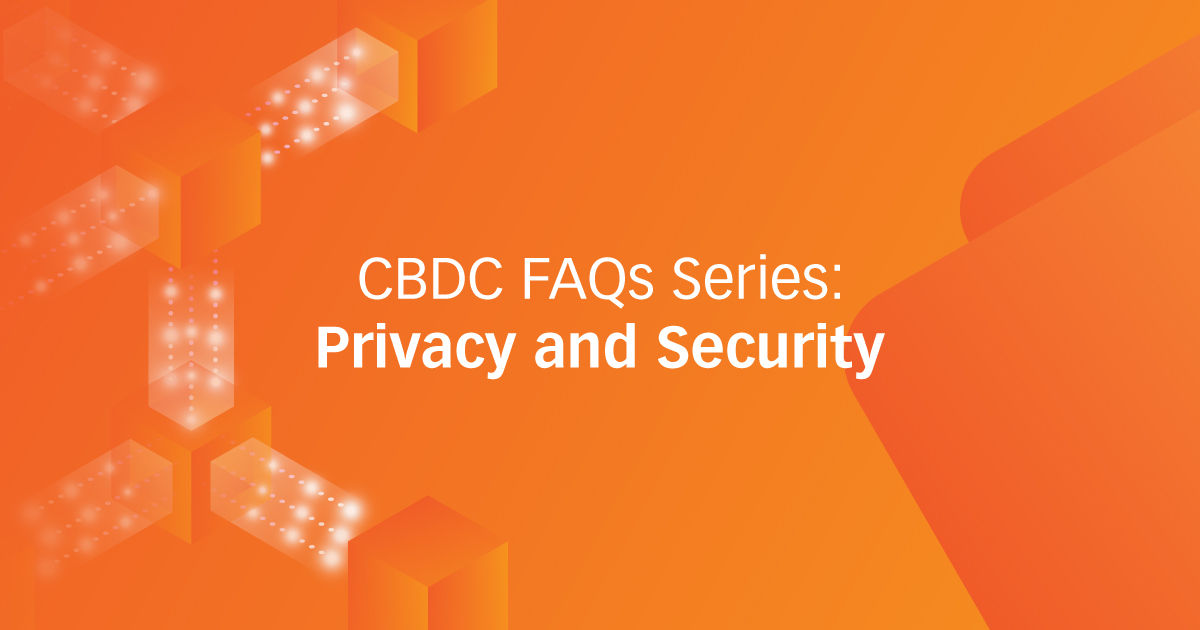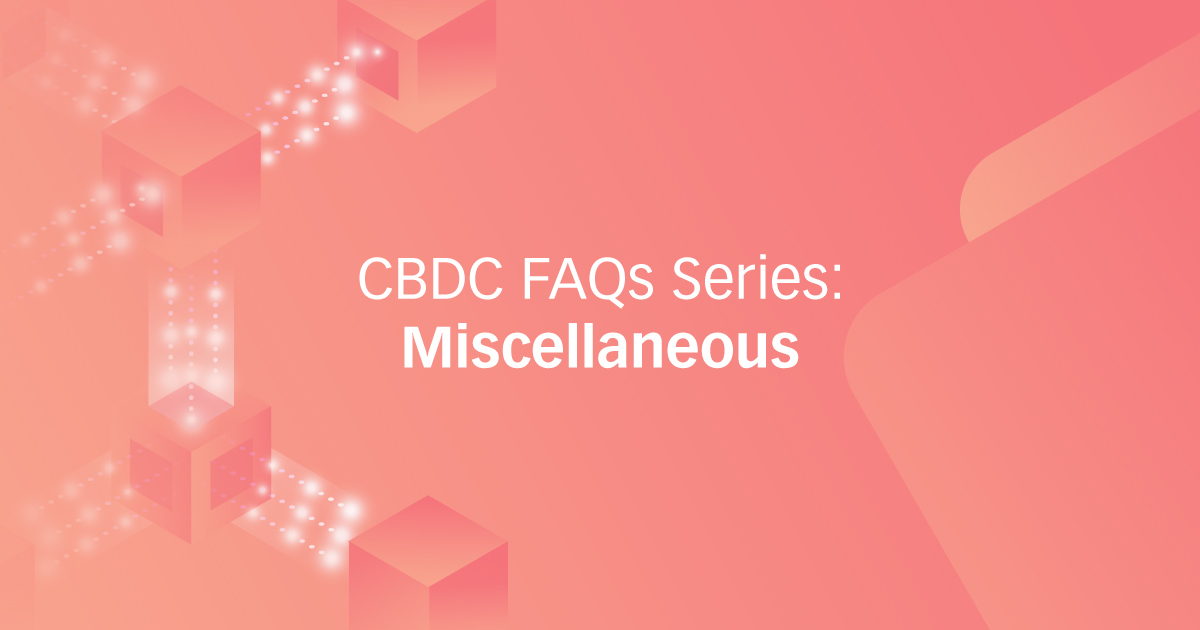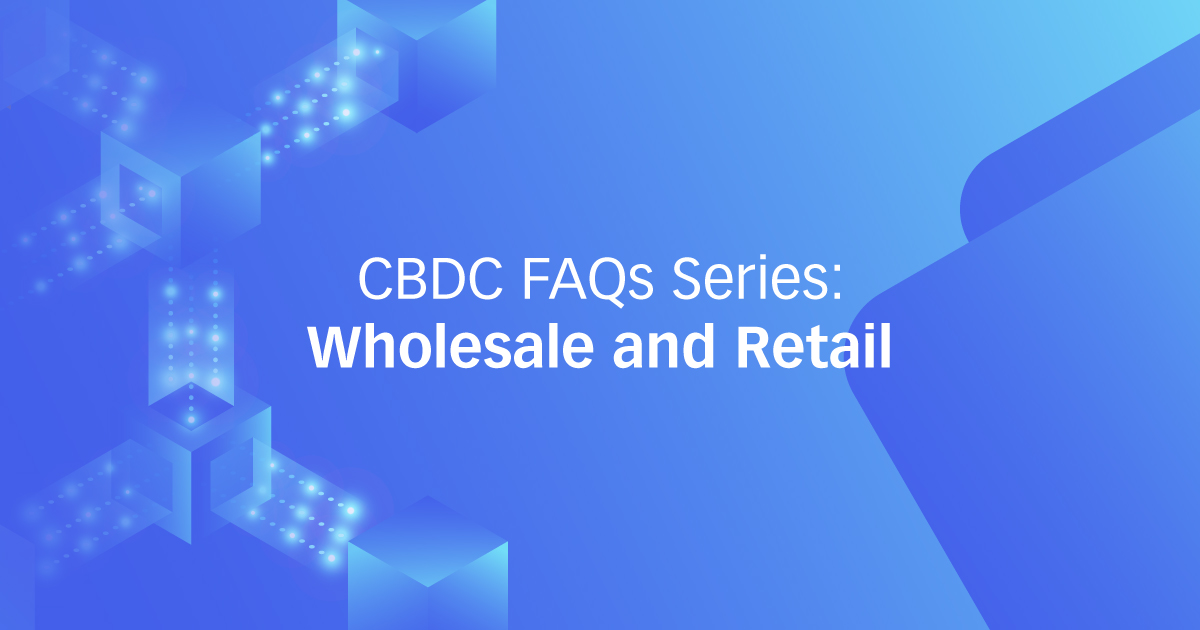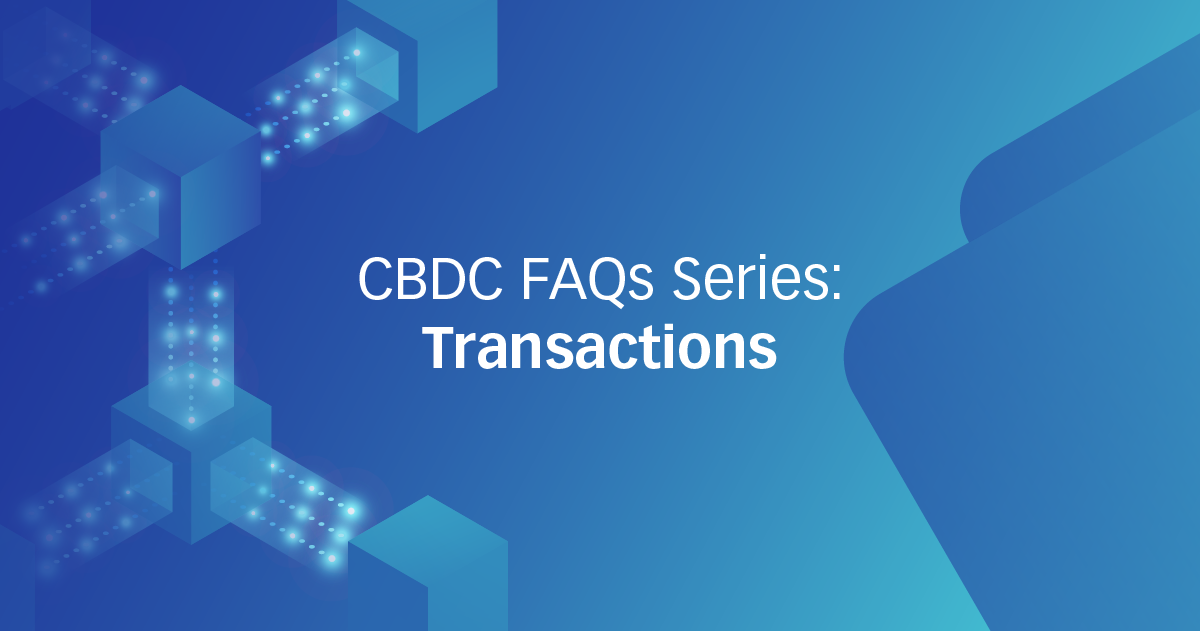
May 16, 2022
CBDC FAQs Series: Privacy and Security

Numerous questions are on the minds of central banks as they embark on issuing Central Bank Digital Currency (CBDC), therefore, we gathered the most frequently asked questions during our meetings and their answers by our experts in an enlightening CBDC frequently asked questions series starting with CBDC transactions and now CBDC privacy and security.


